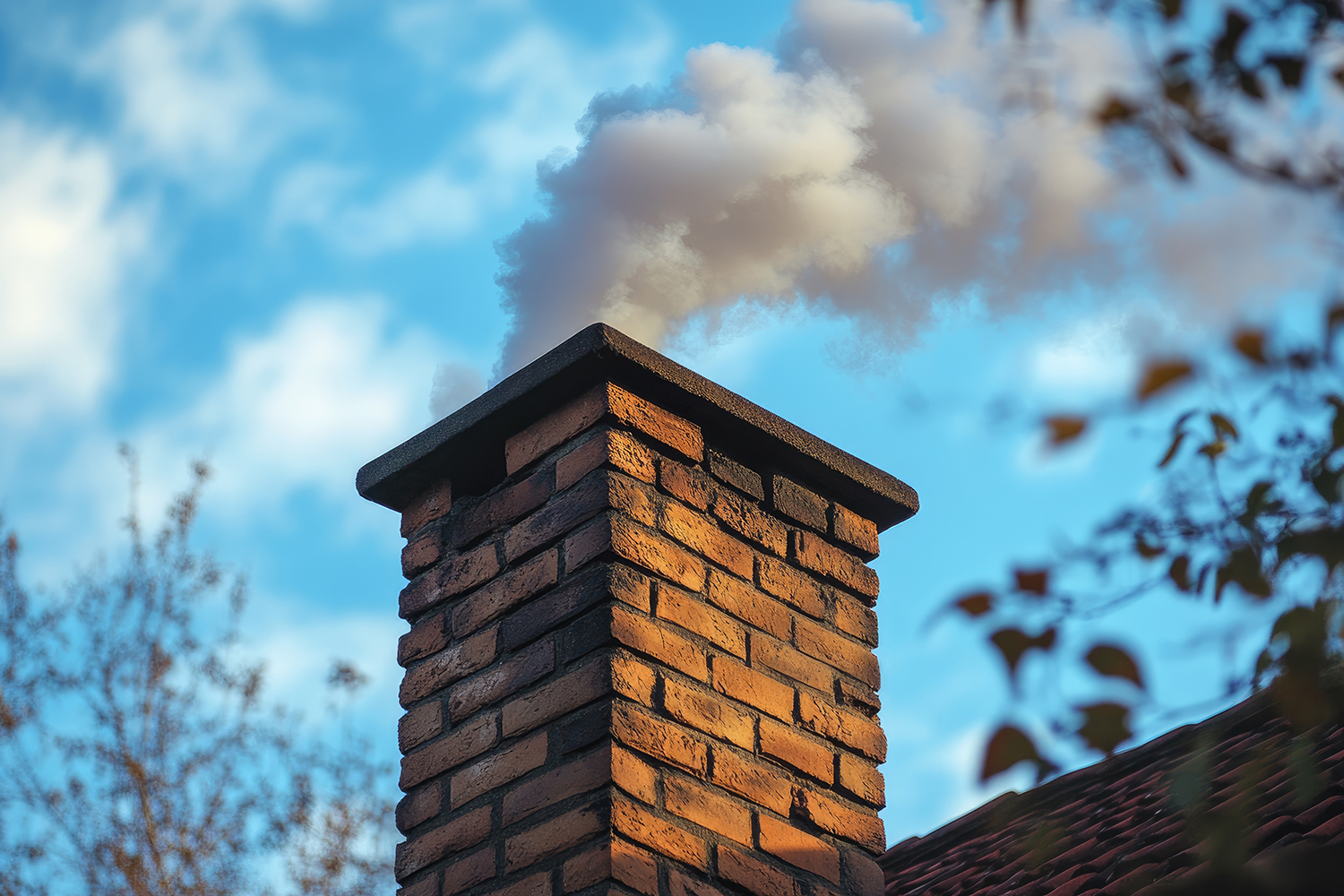
How best to inspect your chimney
Inspecting your chimney before winter is crucial to ensure it's safe and ready for use.
1. Visual Inspection from Ground Level
Begin by looking at the chimney from the ground. Look for visible signs of damage, such as cracked or missing bricks, loose mortar, or leaning. If you notice any serious structural issues, you should contact a professional chimney sweep or builder for a more thorough inspection and repair.
2. Check the Chimney Cap
A chimney cap keeps debris, animals, and rain from entering the chimney. Make sure the cap is securely fastened and free of rust or damage. If it is missing or damaged, replace it before winter.
3. Examine the Flashing
Flashing is the metal strip that seals the gap between the chimney and the roof. Inspect the flashing for any signs of leaks, rust, or gaps, as faulty flashing can lead to water damage in your home. If you notice any issues, it may need resealing or replacing.
4. Look Inside the Chimney
Inside your home, look for signs of soot buildup, creosote, or blockages such as nests or fallen debris. Using a torch, inspect the chimney for any obstructions. If there is more than 1/8 inch of creosote buildup, have it professionally cleaned, as this is a fire hazard.
5. Test the Damper
The damper controls airflow and keeps cold air out of the fireplace when it is not in use. Open and close the damper to ensure proper operation and tight seal.
6. Professional Inspection
Even if everything appears to be in order, it is recommended that a professional chimney sweep inspect and clean the chimney at least once a year. They will ensure your chimney is safe to use during the winter.



